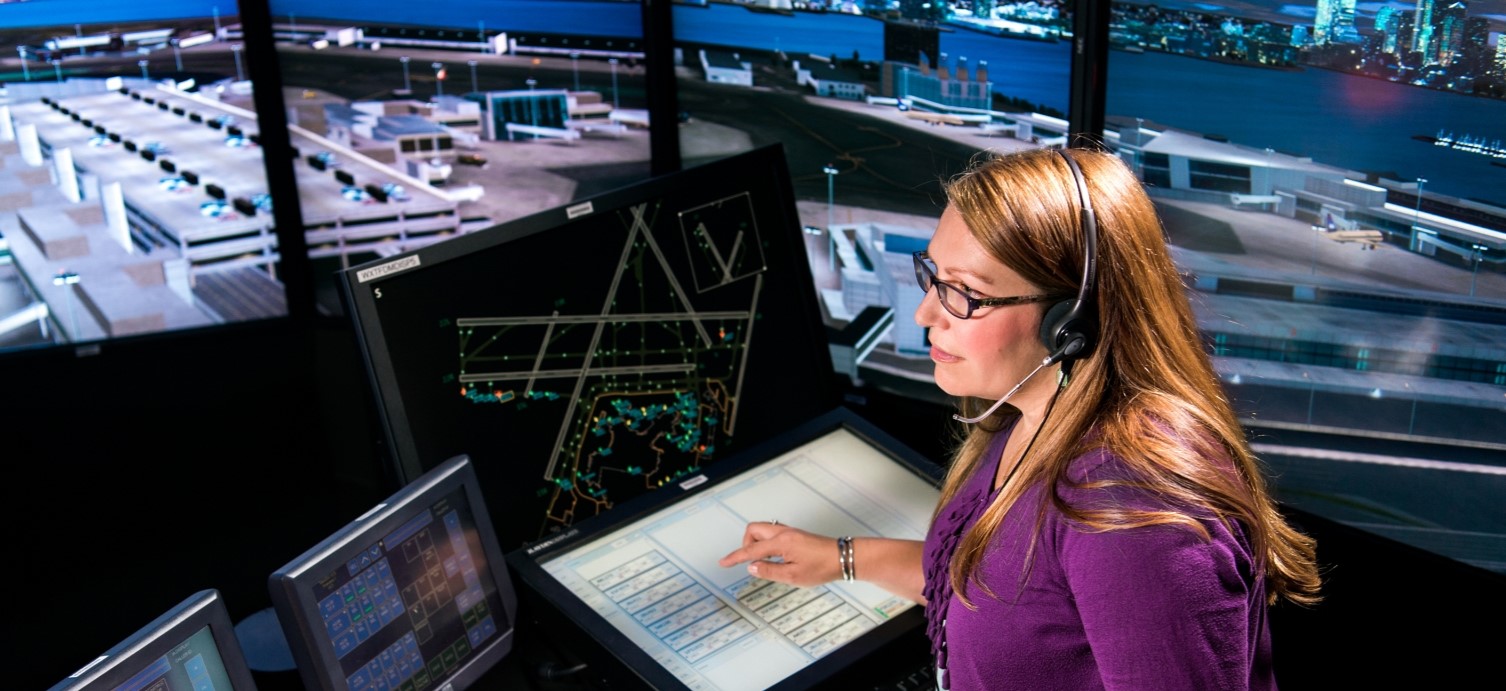
Air traffic control systems are the unsung heroes of aviation, ensuring that planes fly safely and efficiently. Ever wondered how thousands of flights navigate the skies without colliding? Air traffic controllers use advanced technology and precise communication to manage this complex ballet. From radar systems to satellite navigation, these tools help maintain order in the bustling airspace. Controllers work tirelessly, monitoring every aircraft's position, speed, and altitude. Their role is crucial, especially during takeoffs, landings, and in bad weather. Understanding these systems can give you a newfound appreciation for the intricate world of aviation. Ready to learn more? Let's dive into the fascinating facts about air traffic control systems!
Key Takeaways:
- Air traffic control (ATC) systems are a vital part of aviation, ensuring safety and efficiency. From historic towers to modern technology, ATC continues to evolve to keep the skies safe.
- ATC combines technology and human expertise to prevent accidents, manage emergencies, and guide aircraft through the skies. It's a fascinating blend of history, innovation, and the human touch.
The Basics of Air Traffic Control Systems
Air traffic control (ATC) systems are essential for managing the safe and efficient movement of aircraft. These systems involve a complex network of technology and human expertise. Here are some fascinating facts about ATC systems.
-
First ATC Tower: The first air traffic control tower was established in Croydon, London, in 1920. It used flags and lights to communicate with pilots.
-
Radar Technology: Radar technology, introduced in the 1940s, revolutionized air traffic control by allowing controllers to track aircraft positions accurately.
-
Air Traffic Controllers: Controllers undergo rigorous training, often lasting up to three years, to ensure they can handle the high-stress environment of ATC.
How ATC Ensures Safety
Safety is the top priority in air traffic control. The systems and procedures in place are designed to prevent accidents and ensure smooth operations.
-
Separation Standards: ATC maintains separation standards, which are minimum distances between aircraft, to prevent collisions. These standards vary depending on the airspace and type of aircraft.
-
Emergency Protocols: Controllers are trained to handle emergencies, such as engine failures or medical issues on board, by providing immediate assistance and coordinating with emergency services.
-
Weather Monitoring: ATC systems continuously monitor weather conditions to provide pilots with real-time updates, helping them navigate safely through adverse weather.
Technological Advancements in ATC
Technology plays a crucial role in modern air traffic control, enhancing both efficiency and safety.
-
NextGen System: The Next Generation Air Transportation System (NextGen) is an ongoing modernization project in the U.S. that aims to improve the efficiency of air travel through advanced technology.
-
ADS-B Technology: Automatic Dependent Surveillance-Broadcast (ADS-B) is a technology that allows aircraft to broadcast their position to both ATC and other aircraft, improving situational awareness.
-
Digital Towers: Some airports are now using digital towers, which use high-definition cameras and sensors to provide controllers with a comprehensive view of the airfield, even from remote locations.
The Human Element in ATC
Despite technological advancements, human expertise remains a critical component of air traffic control.
- Stress Management: Air traffic controllers work in a high-stress environment, often managing multiple aircraft simultaneously. They use various stress management techniques to maintain focus and make quick decisions.
The Final Approach
Air traffic control systems are the backbone of modern aviation. They ensure planes take off, fly, and land safely. These systems use radar, communication networks, and sophisticated software to manage the skies. Controllers work tirelessly, coordinating thousands of flights daily. Their role is crucial in preventing collisions, managing airspace efficiently, and responding to emergencies.
Understanding the complexity and importance of air traffic control gives us a greater appreciation for the safety and efficiency of air travel. Next time you board a plane, remember the unseen heroes guiding your journey from the ground. Their expertise and dedication keep the skies safe for everyone.
So, whether you're a frequent flyer or just curious about aviation, knowing these facts can make your next flight a bit more fascinating. Safe travels!
Frequently Asked Questions
Was this page helpful?
Our commitment to delivering trustworthy and engaging content is at the heart of what we do. Each fact on our site is contributed by real users like you, bringing a wealth of diverse insights and information. To ensure the highest standards of accuracy and reliability, our dedicated editors meticulously review each submission. This process guarantees that the facts we share are not only fascinating but also credible. Trust in our commitment to quality and authenticity as you explore and learn with us.


